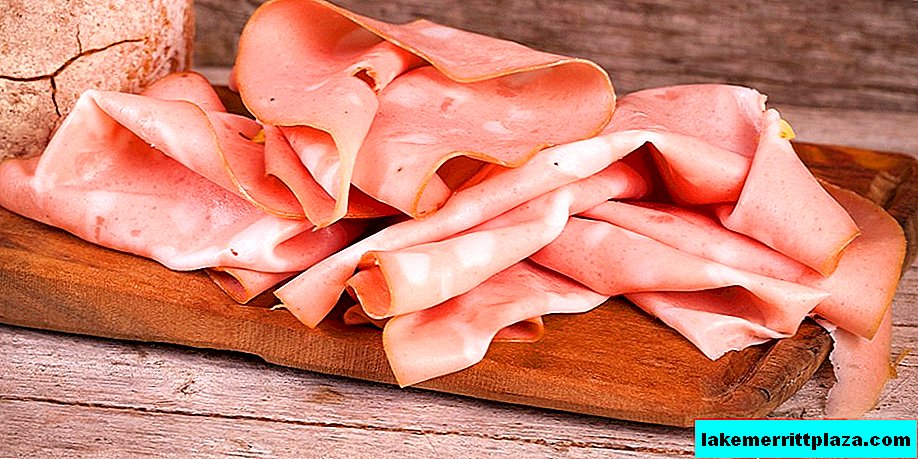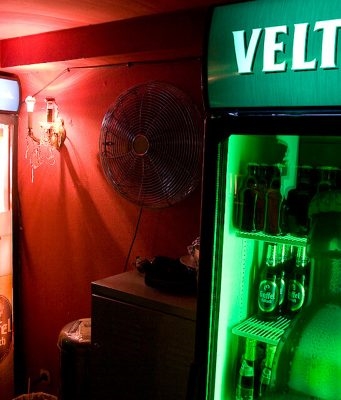One of the easiest, oldest and most suitable desserts for the New Year celebration is one that most people rarely think about. Sabayon (Zabaione or Zabaglione) - a very common holiday dish for a sweet table in Italy. Someone calls it cream, someone calls it sauce. But invariably one thing, the classic Sabayon is so tasty and invigorating that it will warm you perfectly upon returning home at the end of a cold winter day.

Story
The history of the Sabayon dates back several centuries. Like many ancient recipes, its trace is lost in the depths of centuries. Therefore, many legends go about its origin.
One of them claims that Sabayon came out of the hands of Giovan Paolo Baglioni in 1471. The captain camped near Reggio nell'Emilia. Not knowing how to feed his soldiers, he collected from the local residents the available supplies: eggs, sugar and wine. And, lacking culinary skills, he simply mixed all the ingredients and boiled a little, like a soup. So the sauce with the name Zvan Bajòun was born, which later turned into Zabajone.
The oldest theory attributes the Sabayon Neapolitan origin. A similar recipe appeared in the manuscript of Naples in the middle of the 15th century (several decades earlier than the fearless captain entered Emilia).
Another version considers the father of Sabayon the Franciscan monk Pasquale de Baylen (Pasquale de Baylon), who lived in the parish of St. Thomas in Turin (Torino). He opened the recipe for sauce at the end of the 16th century by chance, and then tried to bring it to perfection. As a result, the priest came to the ideal formula "1 + 2 + 2 + 1" (1 egg, 2 teaspoons of sugar, 2 sinks of wine, 1 sink of hot water). Pasquale recommended preparing sabyon not only for children, as a source of energy, but also for men, in order to get the effect of “Viagra”.
In 1680, Beilen was canonized. Since then, the recipe he invented began to bear his name San Baylon (St. Beilen) or otherwise Zabaglione.

Among the most common versions, other assumptions are lost. Some believe that the sabayon recipe was known to the Greeks, and its name comes from the Latin word sabaium (a type of yeast). Others claim that the dessert came from France with the name sabayon even though the French word is of Italian origin. The third category of truth fighters is called Sicilian sauce by origin. They suggest that his name comes from zabbina (foam on whey), which in Sicily (Sicilia) means "whip while boiling", as is prepared sabayon.
On this countless version of the birth of Sabayon still does not end there. I attribute his invention to the courtyard of the Medici, an influential family of Gonzaga, and violent romantics find its roots in Venice (Venezia). Which of these theories to choose the most suitable for yourself, conjuring a dessert, you decide.
Historical recipe
The sauce recipe first appeared in the culinary manuscript of Cuoco Napoletano, which is still in one of New York's libraries. In the book, the preparation of dessert is described as follows: "To brew 4 cups of sabayon, take 12 yolks, 3 ounces of sugar, half an ounce of cinnamon and a cup of good sweet wine. Let the mixture boil until it thickens, like a broth. Then remove from heat and pour into a large dish for a fun company. If you want, put a piece of unsalted butter on top. "
In later Italian cookbooks there are recommendations for use: "you need to apply the Sabayon the night before bedtime, it stimulates the brain well." There are also dessert recipes, supplemented with chicken broth, almond milk and rose water.
Modern recipe

Times are changing, and Sabayon classic remains virtually unchanged. Years only polished the recipe a little to fit perfectly into modern cuisine. To prepare a Sabayon for 4 people, you will need:
- 4 egg yolks;
- 3 tablespoons of sugar;
- 1.5 teaspoons of cinnamon;
- 150 ml of sweet wine.
Of kitchen utensils you will need: a mixer, a whisk, a pan with a thick bottom, a heat-resistant (glass, iron) bowl. If before dessert was served in a large dish, from which everyone ate, now the cream is prepared in batches. Therefore, for hardening a sabion, small glasses, glasses or any tins are suitable.
How to cook
Combine the egg yolks, sugar, cinnamon in a bowl and beat until the mass whitens and increases in volume. Pour the wine and whisk a little more with a mixer.
Place the bowl in a water bath and hold for 7 minutes while whisking with a whisk. When the mass thickens, remove from heat and distribute in beautiful molds. Let the dessert cool to room temperature and refrigerate for 4 hours.
Recommendations
To get the perfect Sabayon, consider a few recommendations:
- The most suitable wines for making Sabayon are Marsala or Tuscan wine Santo (Vino Santo);
- If you are not impressed with cinnamon, then you can safely completely exclude it from the recipe or replace it with another spice;
- If you decide to cook sabayon directly in a pan, and not in a water bath, then be very careful. The fire should be minimized, otherwise it will turn out not a famous dessert, but a lumpy liquid;
- While cooling the sabayon to room temperature, it must be stirred regularly to avoid the separation of yolks and wine;
- Before you put the sauce in the refrigerator, wrap the tins with cling film. This will prevent the dessert from absorbing the smells of other dishes.
How to serve
Serving sabayon is not necessarily cold. You can send it to the table still warm, or by cooling to room temperature. To decorate the dessert, use biscuit cookies, waffles or your favorite options for sweet pastries.

The ideal combination is sabayon with fruit sauces or fresh fruits. You can put mint leaves for dessert, garnish with whipped cream, sprinkle with chocolate chips, lemon peel or orange.
Italian sauce is so good that there is a recipe for tiramisu with sabayon. As part of the cake, the amount of mascarpone is halved and eggs are eliminated. To compensate for the changes, the cheese is mixed with a pre-prepared Sabayon.
Sabayon is very versatile in sweet taste combinations, so the flight of your imagination is unlimited.
Calorie content and benefits
Sabayon is quite high-calorie, however, in the ranks of sweets it is close to dietary dishes. Its nutritional value is about 220 kcal per 100 g. The energy load is distributed as follows:
- Proteins 3.1 g - 16%;
- Fats 4.9 g - 24%;
- Carbohydrates 12.1 g - 60%.
Sabayon contains a large amount of cholesterol (273.5 mg per 100 g), so people with diabetes, heart disease and obesity should use it with caution.

There are a lot of bioavailable iron and phosphorus in the Sabayon - 1.8 and 156.9 mg, respectively. therefore The cream is recommended as a dessert for those who suffer from anemia and pathologies of the osteoarticular system. In order to give a treat to children with a lack of iron, alcohol in the recipe is replaced with a similar volume of milk.
The cream is rich in vitamins A and E. The first of them is responsible for visual acuity and skin health, and the second controls the human reproductive function and is necessary in the diet of pregnant women.
It should be noted that the presence of ethyl alcohol excludes the classic sabayon from the menu of people with liver disease.
Given the ancient recommendations, you can advise dessert to men to enhance the "masculine power." Earlier in Sardinia (Sardegna) the groom was given a bowl of sabayon so that he showed himself from the “best side” on the wedding night.
In a diet of healthy, active people, the sabion should be present for breakfast in an amount of 200-250 g. It will provide the body with the necessary energy for a long time.
Now everything is said about Sabayon. So, imperceptibly, we threw you a great idea of dessert for the New Year's table. And even better if you set this table in Italy. Live festively, love forever, travel competently and remember: "A good spoon for dinner, and a Sabayon for the holiday!"








